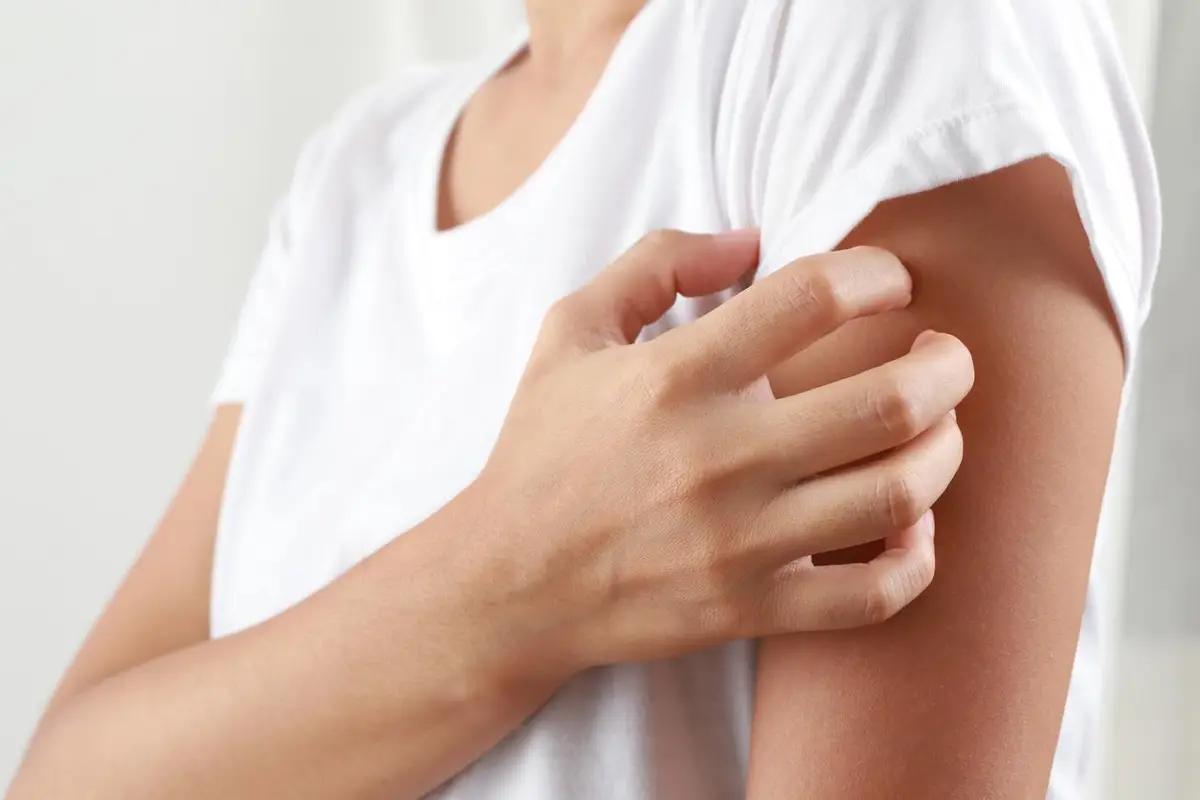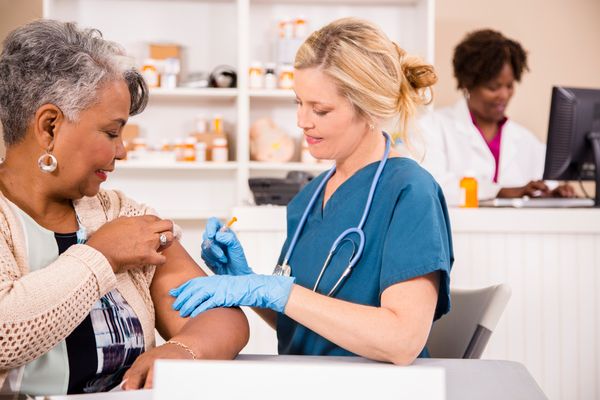People who have had chickenpox as children may give little thought to the condition after the virus clears up and the itchy red bumps disappear. Unfortunately, the virus that causes chickenpox, called the varicella-zoster virus, can rear its ugly head later in life in the form of shingles, a painful blistery rash often accompanied by a slew of other symptoms such as stomach pain, fever, chills, headache, joint pain and more.
As with most health issues, education is key to prevention and early diagnosis. Here's what you need to know about shingles and how to avoid it.
How do you get it and who's at risk? Once chickenpox clears up, the varicella-zoster virus lies dormant in the nervous system. In many cases, it remains that way. However, in some individuals, the virus reactivates and finds its way through nerve pathways and to the skin, where it causes shingles, also known as herpes zoster. Scientists aren't quite clear why the virus reactivates, but research suggests that it has something to do with a vulnerable immune system.
Anyone who has had chickenpox can potentially develop shingles, but especially individuals who contracted the virus before age one. Those most at risk for shingles also include people older than 50 and those with weakened immune systems, whether it be due to disease or certain medications such as immunosuppressive drugs. Individuals who are on a chemotherapy regimen may also be susceptible to shingles. Most people only have one outbreak of shingles, but in rare cases it can recur.
Early studies indicate that children who received a single dose of the varicella vaccine to protect against chickenpox have a reduced risk of developing shingles later in life. However, because the vaccine was introduced in 1995, research continues on its effects as the vaccinated children age and on whether it's helpful to have a booster dose of the vaccine.
What are some of the symptoms of shingles? Typically, the painful, tingling or burning rash of shingles will only affect a small portion of the body. Feelings of pain, itching or tingling are often precursors to the rash, which eventually becomes red and itchy and develops fluid-filled blisters that rupture and crust over. Additionally, people with shingles tend to have fever, chills, aches and fatigue. In cases when the virus affects a facial nerve, the person may experience difficulty moving the face or have a drooping eyelid or loss of taste, vision or hearing. The rash forms blisters that usually scab over in a week to 10 days, but it takes two to four weeks to clear up, and the pain may linger longer.
Individuals who believe they may have shingles should visit their doctor for prompt diagnosis and treatment. Health care providers are usually able to diagnose shingles simply by examining the rash.
How can shingles be treated or prevented? Shingles is treated with antiviral medications, such as acyclovir, famciclovir or valacyclovir. These medications may alleviate discomfort as well as shorten the virus's lifespan. Additionally, a health care provider may determine that corticosteroids, antihistamines, pain medications or capsaicin ointments are necessary.
To soothe rashes, individuals may try applying a cold compress or calamine lotion to the affected area, as well as taking a starch or oatmeal bath.
Shingles itself is not contagious, but the virus that causes shingles can be spread to someone who has never had chickenpox and can cause chickenpox. The same virus could then cause shingles later in life. The virus is spread through direct contact with fluid from the rash blisters, so it's important to keep the blisters covered. Once the rash develops scabs, the virus is no longer contagious.
The best way to prevent shingles is to get vaccinated. The shingles vaccine is recommended for most people over age 60 to reduce their risk of shingles and the pain associated with the disease.

iStock.com/Shisanupong Khankaew





